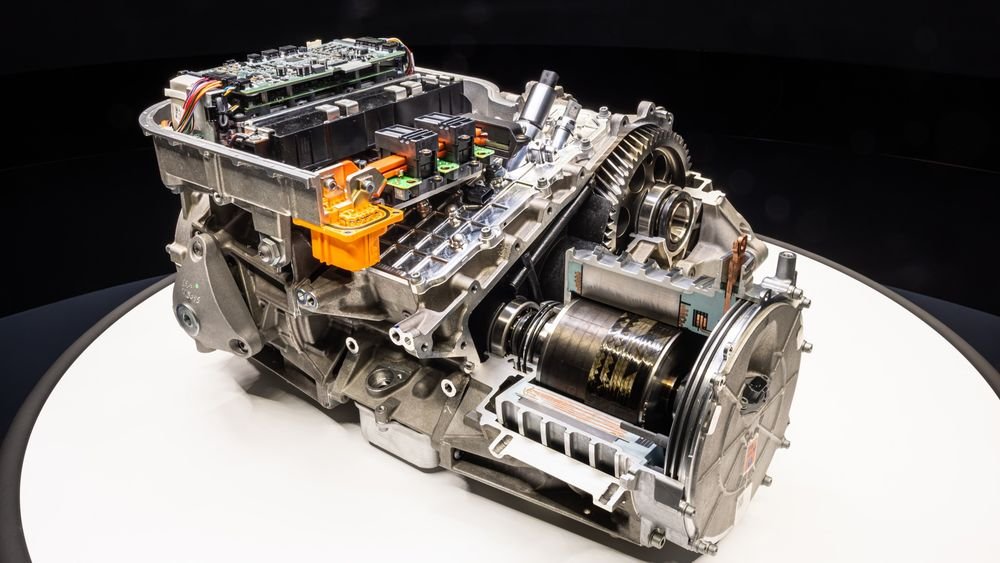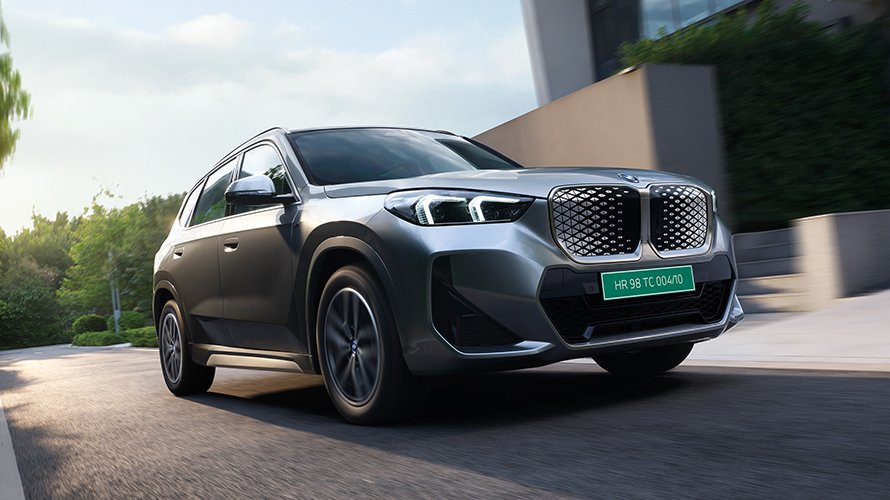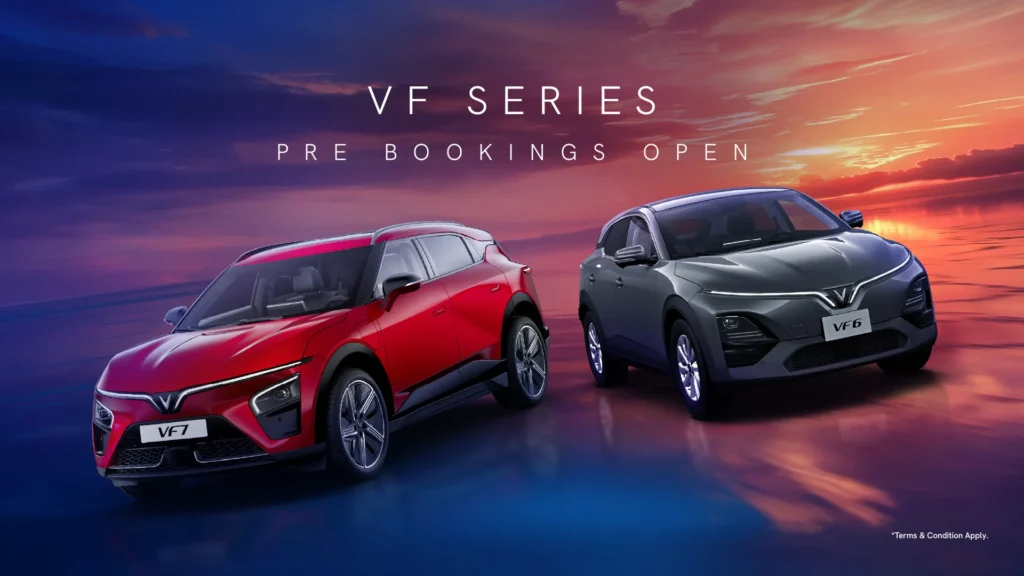At one of Italy’s largest Ferrari dealers, Edoardo Schön lifts the hood of a 1951 340 America that once raced at Le Mans, exposing the pristine V-12 underneath. The blue-and-white grand tourer occupies a featured spot in the Milan showroom, flanked by vintage Testarossas, F40s and a 275 GTB4. Together, they project the heritage of racing performance and exclusivity that has long set Ferrari apart from would-be challengers, and keeps a steady stream of wealthy buyers coming into dealerships like Schön’s family-owned Rossocorsa.
Over the coming year, Ferrari NV and its constellation of engineers, marketers and dealers face a daunting challenge for a company steeped in piston-fired glory: translating the appeal of its growling supercars to Elettrica, the company’s first all-electric model. The trick will be to bring the soul of the Prancing Horse to a car that will lack many of the touch points of its fossil-fueled predecessors: no spitting exhaust pipes, no bragging rights at the gas station, just the amplified hum of its four electric motors.
Ferrari pulled back the curtain on the Elettrica’s powertrain and chassis during a technical workshop in Maranello, offering the first concrete glimpse into what could redefine luxury performance. This isn’t a half-measure hybrid; it’s a pure EV supercar, born from over five years of in-house development and boasting more than 60 patented innovations. At its heart lies a quartet of synchronous permanent magnet motors—two per axle—delivering a combined output exceeding 1,000 horsepower and propelling the car from 0 to 60 mph in under 2.5 seconds. Top speed? A blistering 193 mph. Yet, for a brand synonymous with the symphonic roar of naturally aspirated V-12s, the real test isn’t raw acceleration—it’s whether this machine can evoke the same visceral thrill without a drop of gasoline
Engineering the Electric Roar
Ferrari’s engineers haven’t shied away from the challenge. The Elettrica’s dual electric axles, developed entirely in-house, represent a fusion of Formula 1-derived tech and road-ready refinement. The front axle churns out 282 horsepower with a torque figure of 2,590 lb-ft at the wheels, while the rear—more potent at 832 hp and 5,900 lb-ft—handles the heavy lifting for explosive launches
These motors spin up to an astonishing 30,000 rpm, thanks to lightweight Halbach array rotors and carbon sleeves that withstand centrifugal forces equivalent to 390 bar of pressure. Efficiency hovers at 93% at peak power, a far cry from the thirst of Ferrari’s combustion icons.Powering it all is a 122 kWh battery pack with an energy density of nearly 195 Wh/kg—the highest in any production EV—integrated seamlessly into the floorpan for a center of gravity 80 mm lower than a comparable internal combustion engine (ICE) model.
This setup yields a WLTP range of over 330 miles, with 800-volt architecture enabling a 350 kW charge that could add meaningful miles in under 20 minutes. The chassis, crafted from 75% recycled aluminum, tips the scales at around 5,070 pounds, balancing weight distribution at 47% front and 53% rear for agile handling.
But Ferrari knows specs alone won’t seduce its clientele. Enter the “Ferrari Order Noise Cancellation” system, which amplifies the authentic mechanical vibrations from the rear inverter—think of it as an electric guitar strung with supercar DNA. This isn’t synthetic V-12 mimicry; it’s the raw hum of electrons surging through silicon carbide inverters, captured by accelerometers and piped into the cabin only when torque demands it
Drivers can fine-tune the experience via paddle shifters: five levels of torque vectoring on the right for progressive launches, and “engine braking” simulation on the left to mimic downshifts. The eManettino dial toggles between Range, Tour, and Performance modes, while the traditional Manettino adds a new “Dry” setting for everyday poise.
Underpinning the drama is Ferrari’s third-generation active suspension, evolved from the Purosangue SUV and F80 hypercar. It deploys independent electric motors at each wheel for precise control over vertical forces, reducing body roll without compromising ride comfort—crucial for a four-seater grand tourer that prioritizes accessibility alongside track prowess. Four-wheel steering and asymmetric torque distribution further sharpen its reflexes, promising the kind of telepathic responses that have defined Ferraris since Enzo’s era.
The Heritage Hurdle: Soul Without the Symphony?
For all its wizardry, the Elettrica arrives amid turbulence. Ferrari, which pledged 15% of sales to be electric by 2025 (a target now quietly shelved), has dialed back its EV ambitions, opting instead for a slower hybridization path to 2030 carbon neutrality.
CEO Benedetto Vigna insists the brand won’t abandon ICE entirely—”as long as there is a market,” he says—but purists worry the electric pivot dilutes the Prancing Horse’s essence. “The sound, the smell, the heat from the exhaust— that’s Ferrari,” muses one Maranello veteran in recent reports
Dealers like Schön echo the sentiment. At Rossocorsa, where vintage gems draw collectors from across Europe, the buzz around Elettrica is tempered by skepticism. “Our clients buy emotion, not electrons,” Schön told Bloomberg, gesturing to the 340 America’s gleaming engine bay.
Early reservations are strong—over 2,000 orders for the 2026 launch—but whispers of delays and pricing north of €500,000 ($580,000) suggest Ferrari is betting on exclusivity to mask any teething pains.
The broader industry watches closely. Rivals like Rimac and Lucid have cracked high-performance EVs, but none carry Ferrari’s aura of motorsport pedigree. By forgoing artificial engine noises, Ferrari risks alienating gearheads hooked on the drama of rev-matching and turbo spool. Yet, innovations like the disconnectable front axle—slipping into rear-wheel-drive efficiency mode in 500 milliseconds—hint at a nuanced approach: EV practicality without sacrificing the raw edge.
A Prancing Horse for the Plug-In Age
As deliveries begin late next year, the Elettrica won’t just test Ferrari’s R&D mettle; it’ll probe the loyalty of a clientele weaned on Maranello’s mechanical poetry. Schön, whose family has stewarded Rossocorsa since 1974, sees potential in the pivot. “It’s evolution, not revolution,” he says, eyeing the showroom’s classics. “The soul? It’s in the drive, not the fuel.”If Ferrari nails that alchemy—melding silent torque with sensory fireworks—the Elettrica could herald a new chapter for the marque, one where heritage hums through batteries rather than pistons. For now, amid the V-12 reverie of Milan’s showrooms, the electric future feels as tantalizing as it is terrifying. The Prancing Horse may trot quietly, but it promises to charge like thunder.



